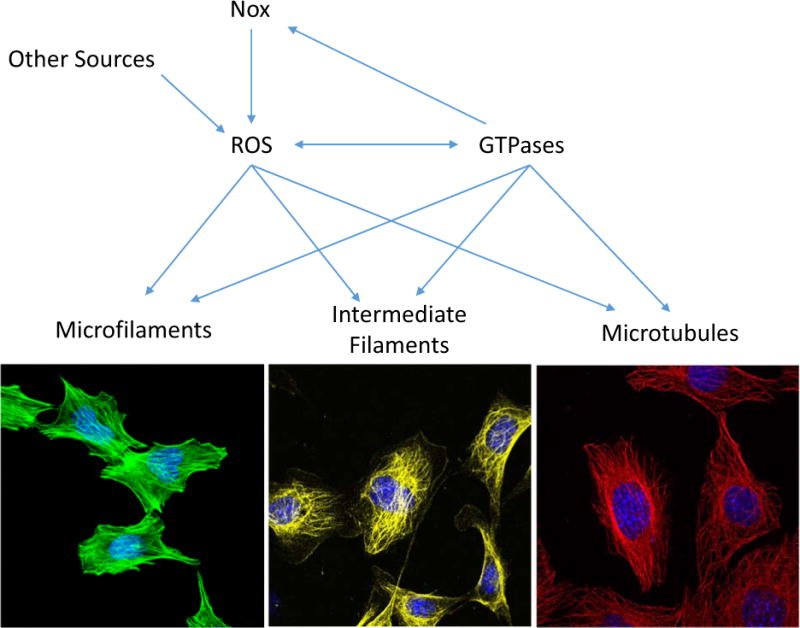Fig. 1. Main cytoskeleton components that can be affected by ROS.

ROS generated by Nox (e.g. Nox1, Nox2, Nox4) and from other sources, has a direct effect on cytoskeleton by modifying directly microfilaments, intermediate filaments and microtubules. Additionally, ROS regulates the activity of proteins that are associated with cytoskeleton dynamic such as Rho GTPases affecting cell adhesion, migration and invasion. Moreover, Rac GTPase can activate Nox and increase the levels of ROS. Images show mouse embryonic fibroblasts (MEFs) stained for actin microfilaments (green, Phallodin-Alexa488), Vimentin as an example of intermediate filaments (yellow, α-Vimentin/α-mouse-Alexa568), α/β-tubulin (red, α-tubulin/α-rabbit-Alexa 568), and DAPI as a marker of nucleus (blue).
